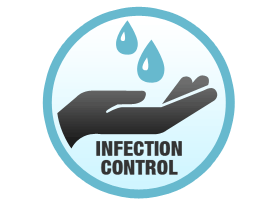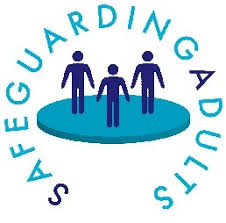Infection Prevention and Control Care Certificate
£14.97
You will cover;
Pathogens
The chain of infection
Breaking the chain by prevention control
Key actions to maintain and promote your health and hygiene
Competency steps in hand washing
Correct use of Personal Protective Equipment (PPE)
Safe handling of waste including soiled items and sharps
Infection and infectious diseases in humans are caused when harmful germs, known as pathogens (or pathogenic micro-organisms), enter the body and grow. These micro-organisms are so small they can only be seen by using a microscope.
Pathogens A pathogen is something that causes a disease.
It takes very few virus organisms to cause illness. They can be spread from person-to-person and from environment-to-food. Examples of viruses include Norovirus (also known as ‘winter vomiting disease’) and Influenza (the flu virus).
Fungi are organisms which live on hosts that can be alive or dead. Examples of fungal infections include; athlete’s foot and ringworm.
Parasites live on or in another plant or animal, known as the host. Scabies is caused by mites that burrow into the skin causing severe itching.
Protozoa are single-celled organisms that live in water and damp conditions. Malaria is an example of a disease caused by protozoa.
Infectious diseases, unlike other diseases such as heart disease and diabetes, can spread from person to person. As with all illnesses, prevention is better than cure.
By following agreed ways of working that stop the spread of pathogens can help to prevent and control infection.
This course is part of the Care Certificate which is a national standard set by Skills for Care. The course is also mapped to the level 2 Diploma in Care awarded by City and Guilds
You will cover;
Pathogens
The chain of infection
Breaking the chain by prevention control
Key actions to maintain and promote your health and hygiene
Competency steps in hand washing
Correct use of Personal Protective Equipment (PPE)
Safe handling of waste including soiled items and sharps







